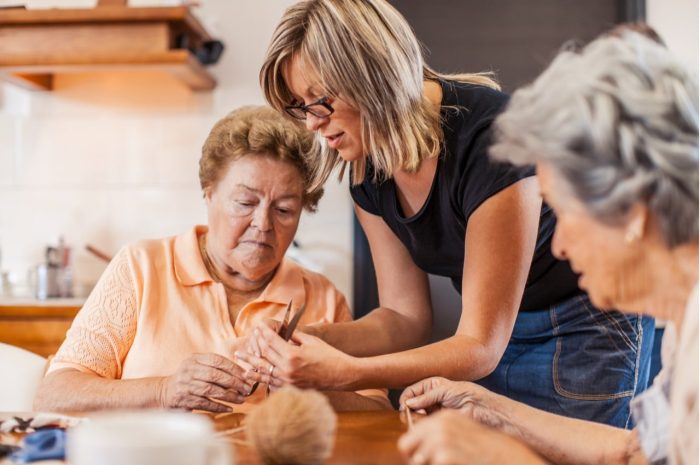Senior Loneliness & Self Isolation
Senior loneliness and self-isolation are common problems that can have serious consequences on the health and well-being of older adults. Senior loneliness is the feeling of being disconnected from others, and it can lead to a lack of social interaction and support. Self-isolation is the physical separation from others due to a variety of reasons, such as health conditions, disability, or simply living alone.

What does senior loneliness and self-isolation look like? It can manifest as a lack of interest in activities, changes in sleeping or eating habits, and a decreased sense of purpose or belonging. Seniors who are lonely and isolated may also experience depression, anxiety, and other mental health issues.
Fortunately, there are many ways to prevent senior loneliness and self-isolation. One way is to stay connected with loved ones by calling, texting, or video chatting. It's also important to engage in activities that bring joy and fulfillment, such as joining a community group, volunteering, or taking up a new hobby.
Practicing self-care is another important aspect of preventing senior loneliness and self-isolation. This can include getting enough sleep, exercising regularly, and practicing mindfulness techniques to reduce stress and promote relaxation.

If you or a loved one are experiencing senior loneliness or self-isolation, it's important to seek support. Talk to your healthcare provider or a mental health professional about your feelings and options for treatment.
By taking proactive steps to prevent senior loneliness and self-isolation, we can improve our overall health and well-being. Let's stay connected, engaged, and take care of ourselves and each other during these challenging times.
